Ambra Amico
Unsupervised inference approach to facial attractiveness
Oct 30, 2019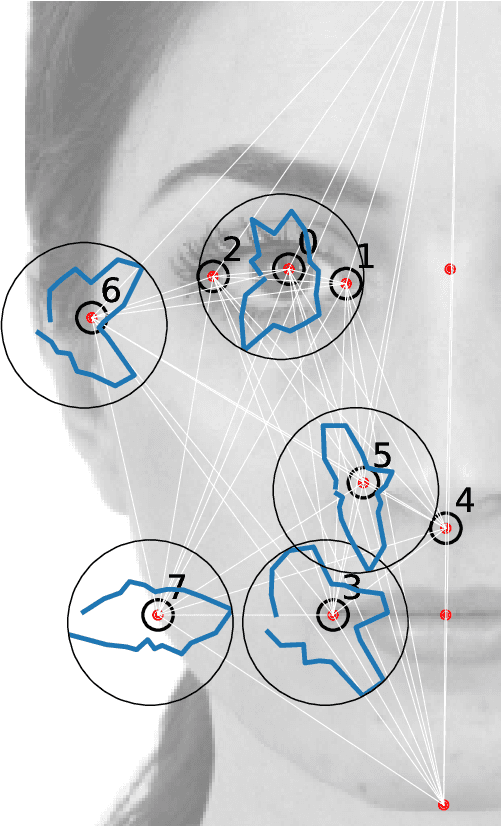
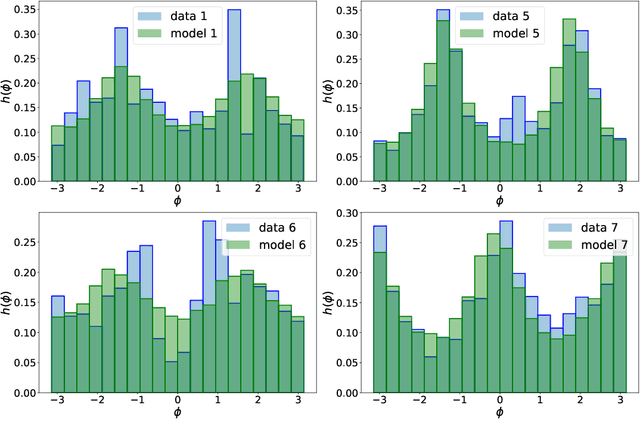
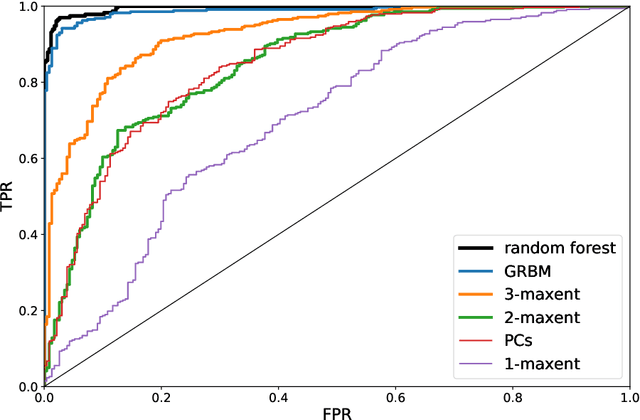

Abstract:The perception of facial beauty is a complex phenomenon depending on many, detailed and global facial features influencing each other. In the machine learning community this problem is typically tackled as a problem of supervised inference. However, it has been conjectured that this approach does not capture the complexity of the phenomenon. A recent original experiment (Ib\'a\~nez-Berganza et al., Scientific Reports 9, 8364, 2019) allowed different human subjects to navigate the face-space and "sculpt" their preferred modification of a reference facial portrait. Here we present an unsupervised inference study of the set of sculpted facial vectors in that experiment. We first infer minimal, interpretable, and faithful probabilistic models (through Maximum Entropy and artificial neural networks) of the preferred facial variations, that capture the origin of the observed inter-subject diversity in the sculpted faces. The application of such generative models to the supervised classification of the gender of the sculpting subjects, reveals an astonishingly high prediction accuracy. This result suggests that much relevant information regarding the subjects may influence (and be elicited from) her/his facial preference criteria, in agreement with the multiple motive theory of attractiveness proposed in previous works.
Subjectivity and complexity of facial attractiveness
Mar 18, 2019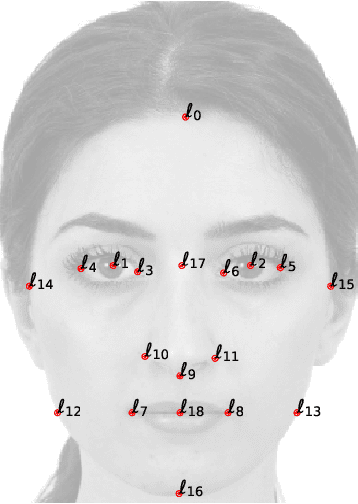

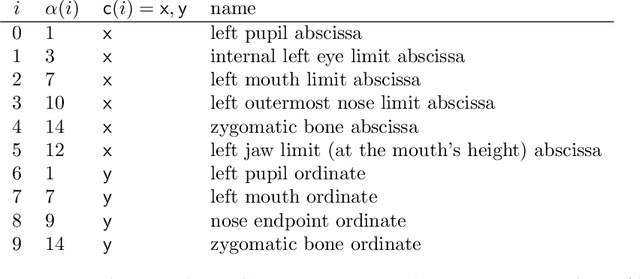

Abstract:The origin and meaning of facial beauty represent a longstanding puzzle. Despite the profuse literature devoted to facial attractiveness, its very nature, its determinants and the nature of inter-person differences remain controversial issues. Here we tackle such questions proposing a novel experimental approach in which human subjects, instead of rating natural faces, are allowed to efficiently explore the face-space and "sculpt" their favorite variation of a reference facial image. The results reveal that different subjects prefer distinguishable regions of the face-space, highlighting the essential subjectivity of the phenomenon. The different sculpted facial vectors exhibit strong correlations among pairs of facial distances, characterizing the underlying universality and complexity of the cognitive processes, leading to the observed subjectivity.
 Add to Chrome
Add to Chrome Add to Firefox
Add to Firefox Add to Edge
Add to Edge